The 2010 edition of GMP (Good Manufacturing Practice for Pharmaceuticals) puts forward the following two requirements for the interior decoration of the clean room – the inner surface of the clean area (wall, ground, ceiling) should be smooth and smooth, without cracks, with a tight interface, no particulate matter falling off, to avoid dust accumulation, easy to clean effectively, and disinfect if necessary; The design and installation of various pipes, lighting facilities, air outlets and other utilities should avoid the appearance of parts that are not easy to clean, and should be maintained as far as possible outside the production area.
The internal protection measures of the cleanroom can be clearly defined from the detailed design stage, which facilitates cleanroom maintenance and the maintenance of the cleanroom environment in the production area. This paper discusses several aspects of the internal surface protection of GMP pharmaceutical cleanrooms, mainly focusing on the prevention of collisions during the production process, the impact of disinfection, the ease of cleaning, and the compliance and aesthetics of the use of internal materials in the cleanroom.
Cleanroom Surface Coating
Clean room color steel plate is usually used for the decoration of its inner surface, there are also some clean rooms because of the need for cleaning and disinfection and sterilization and use stainless steel surface, stainless steel can be directly exposed to the clean room environment, is a very conventional material. Usually, C and D class clean rooms generally use SS304 (SS, the abbreviation of stainless steel, that is, stainless steel), A, B Class clean room tends to choose SS316L, generally class A, B clean room disinfection frequency is relatively high, the need for a stronger corrosion-resistant surface, and clean room color steel plate is coated by its outer surface coated with the inside of the clean room, Therefore, the supplier should provide information such as material proof, coating thickness and corrosion resistance of the color steel plate coating.
At present, the coating of color steel plates on the market is mainly polyester coated PE (coating thickness of 20 μm), fluorocarbon coating PVDF (coating thickness of 20 μm), 100% fluororesin coating PVF (The coating thickness is 120 μm), etc., and the coating thickness is mainly determined by the current processing technology. The VHP (vaporized hydrogen peroxide) properties of PVDF paint, PVDF lamination and 100% fluororesin coating PVF were tested, and the results are shown in the figure 1 shown.
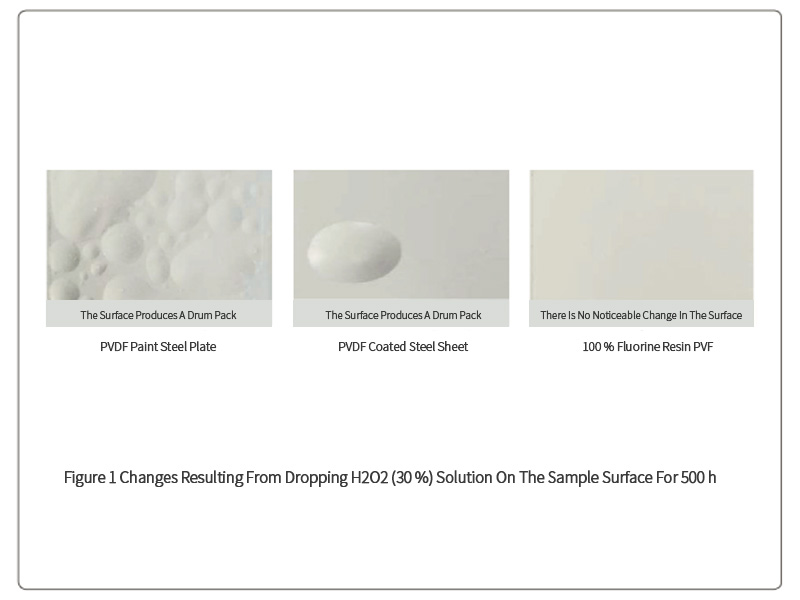
Combined with this performance test result, it is possible to compare the strong and weak relationship between the corrosion resistance of common color steel plate coatings on the market today: polyester coating PE < PVDF paint < PVDF lamination < 100% fluororesin PVF 。 Therefore, it is generally recommended that C and D class cleanrooms use polyester coated PE, and A and B grades use fluorocarbon coated PVCF Or 100% fluororesin PVF, because the disinfection frequency of A and B grade areas is higher than that of C and D In the grade area, the corrosion hazard to the color steel plate is also correspondingly large. If the environmental monitoring data remains stable and there is no bad trend, the frequency of space disinfection can be reduced, and even without regular space disinfection, only daily cleaning and surface disinfection can be carried out. This reduces the corrosion effect on the surface of the color steel plate and reduces the maintenance workload.
Cleanroom Collision Avoidance Measures
Cleanroom Wall Protection
Frequent logistics and tank centralized storage area is the clean room prone to collision areas, these areas are usually CNC (controlled but not graded areas) or clean class C, D class area, can take some wall collision avoidance measures for protection. However, it is not recommended to install wall anti-collision facilities in areas with a clean class of A or B, because such areas require light personnel movement to reduce dust production and ensure that dynamic particles meet the requirements of the grade, so there is generally no possibility of wall collision; And for high-grade clean areas, any non-essential decoration will increase dust accumulation, microbial risk and the workload of cleaning and disinfection. At present, there are two main ways to protect the common clean room wall: the traditional stainless steel guardrail and the anti-collision plate.
Stainless Steel Guardrail
Clean stainless steel crash guardrails should be used in cleanrooms, as they have no hygienic dead ends, all surfaces can be easily cleaned (as shown in Figure 2), and the guardrail material should be at least SS304. In the practical application of pharmaceutical factories, there are occasional cases where the guardrail is hit and dented, which will affect the appearance and cleanliness, and need to be maintained and replaced in time.
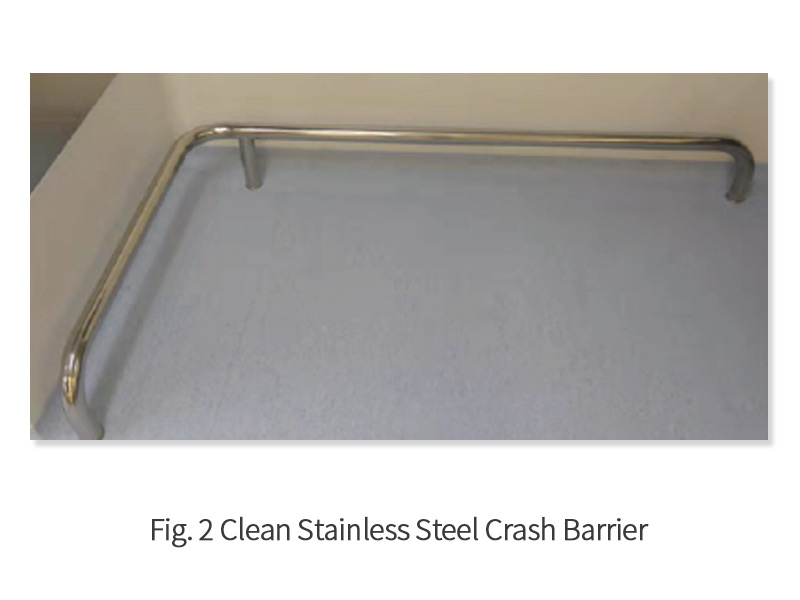
HDPE Crash Plate
In recent years, some pharmaceutical factories have begun to use wall anti-collision panels, which take up almost no space compared with stainless steel guardrails, which can free up more clean room space (as shown in Figure 3). The material of the anti-collision plate is usually HDPE (high-density polyethylene), and other materials such as PVC (polyvinyl chloride) are easy to harden over time and easily crack after collision. In addition, HDPE has a stable molecular structure, strong chemical resistance, can resist ethanol, isopropanol, surface disinfectants, etc. commonly used in pharmaceutical factories, and has excellent compressive properties, which is a food-grade material with high wear resistance.
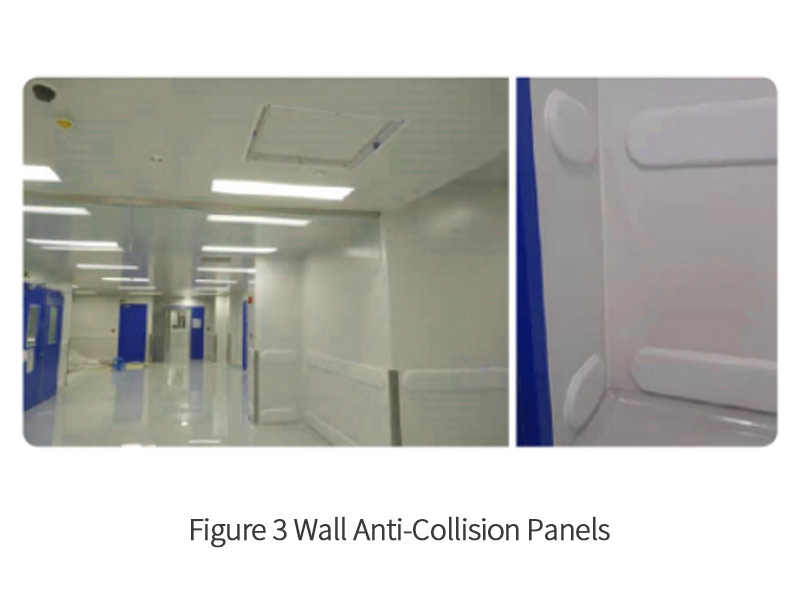
Crash plates are available in standard sizes of 150 mm×2000 mm×15 mm and can also be customized on request. The installation height is generally determined according to the easy collision position, such as installed in the part of the cart and the hydraulic forklift that is easy to hit the wall.
Clean Door Protection
The collision avoidance measures of the clean room door are relatively simple, usually a certain thickness of 304 stainless steel plate is installed on the inside and outside of the logistics door, and the neutral silicone of the clean room can be pasted on the lower part of the steel door.
Clean Staircase Step Protection
Some of the clean areas of the pharmaceutical factory are on different floors, connected by clean stairs, and the setting of clean stairs can make the clean rooms on different floors communicate and the staff can change clothes through non-clean stairs many times without bothering. Clean stairwells are usually graded in Class C or Class D areas, which also need to maintain a clean environment, but stair steps need to be protected by anti-slip and anti-collision steps. There are usually the following types of tread bars on the market.
(A) Aluminum alloy + rubber strip: rubber strip has grooves, easy to accumulate dust, the surface is not easy to clean, not suitable for use in a clean room. Installation requires screw fixing, and the surface part of the screw exposed in the cleanroom is itself a part that is not easy to clean.
(B) Aluminum alloy: poor durability, easy to scratch, not resistant to cleanroom disinfectants, such as hydrogen peroxide, sodium hypochlorite, peracetic acid, etc. Moreover, the surface has grooves, which are easy to accumulate dust, and the surface is not easy to clean, which is not suitable for use in a clean room. Installation requires screw fixing, and the surface part of the screw exposed in the clean room is also a part that is not easy to clean.
(C) Anti-slip frosted strip: The frosted surface is very easy to accumulate dust, the surface is not easy to clean, and it needs to be replaced frequently, which is not suitable for use in a clean room.
(D) PVC anti-slip strip: PVC anti-slip strip is not wear-resistant, easy to age particles, need to be replaced frequently, and easy to produce scratches, depression is easy to accumulate dust, the surface is not easy to clean, not suitable for use in the clean room.
It can be seen that the existing tread bar can not fully meet the standards used on the clean stairs, so it is recommended to customize the clean tread strips with anti-slip and anti-collision, easy to clean, and resistant to disinfectant corrosion in the following.
This step strip is formed by bending the 304 or 316L stainless steel plate with a pattern common in the market, and is fixed to the steps of the clean staircase by means of bonding, with a cross-section of L Shaped, with horizontal anti-slip surface and vertical anti-collision surface. The horizontal anti-slip surface is attached to the upper plane of the step, the vertical anti-collision surface is attached to the vertical straight surface of the step, and between the horizontal anti-slip surface and the upper plane of the step, between the vertical anti-slip surface and the vertical straight surface of the step, there are marble glue and neutral silicone for bonding and fixing the step bar, and the pattern is protruding upwards from the horizontal anti-slip surface. Neutral silicone for sealing is provided at each edge of the step bar to achieve a completely closed effect, and the final exposed surface is only the stainless steel surface of the step bar and the neutral silicone for the clean room.
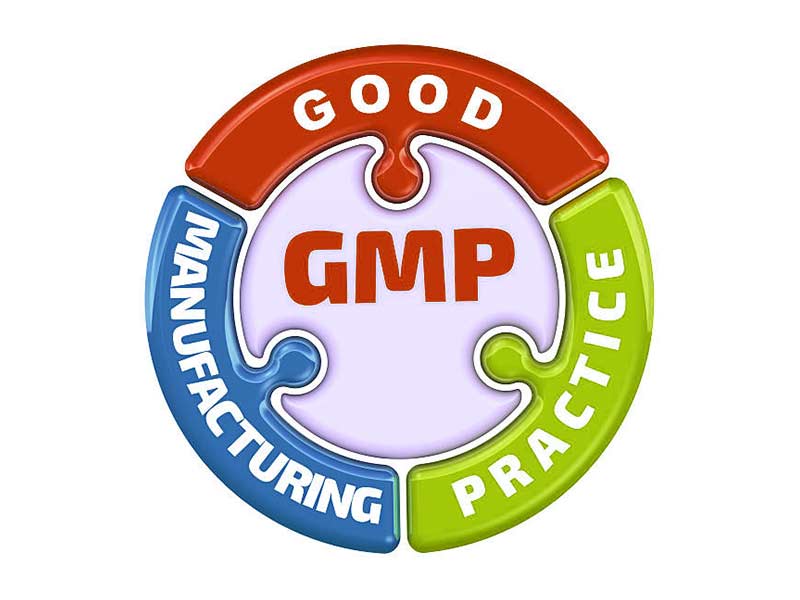
The above-mentioned clean step strip for clean stairs, by using the common adhesion of marble glue and neutral silicone, the step strip is bonded and fixed on the steps of the clean stairs, and the firm bonding fixing effect can be achieved without the use of screws, and it is easy to install and install dust-free, does not destroy the existing clean environment, the material is anti-collision, easy to clean, and resistant to disinfectant corrosion. The use of 304 or 316L stainless steel for the production of the tread bar, not only can be scratch-resistant, corrosion-resistant, but also in line with the laws and regulations on the use of materials on the surface of the clean room, so it is especially suitable for the anti-slip and anti-collision of pharmaceutical clean stairs.
Cleanroom Pipe Insulation Protection
Inside the clean room, there are usually process materials that need to be insulated and pharmaceutical water supply and drainage pipes, and the outer surface of the insulation material is exposed to a clean environment, which needs to meet the requirements of material standards, disinfectants resistance, and easy maintenance in the clean room.
Traditional Clean Indoor Pipe Protection
The traditional insulation materials in the clean room are rock wool, rubber and plastic, polyurethane foam, and will be coated by PVC shell and stainless steel shell to meet the requirements of the clean room.
Its main disadvantages are that the thermal insulation volume is large, easy to deform, easy to breed bacteria, there are gaps, the seal is not strict, the disassembly is troublesome, there are a large number of particles dripping, the PVC shell is relatively brittle, easy to damage, and the stainless steel shell is easily deformed by collision.
Clean PVDF Foam Pipe Insulation
Places that are not protected by traditional insulation materials (such as areas that are too thin, complex, special-shaped, and small in size) can be coated with a clean PVDF foamed pipe insulation solution (T-FIT) (as shown in Figure 8). Its PVDF foam insulation material itself is a thermal insulation material and shell, and its shell thickness is only 6.35 mm, but it has the thermal insulation performance equivalent to the traditional material of about 30 mm thick. Compared with traditional insulation materials, PVDF physical foam insulation materials can meet the thermal insulation needs of hot and cold media at the same time, can withstand -80 °C ~ 160 °C media, and its installation is very convenient, very easy to maintain. The material is not susceptible to aging, corrosion resistance, no bacterial growth, no powdery particle shedding, and FM certified, making it ideal for insulation of pipes inside cleanrooms.
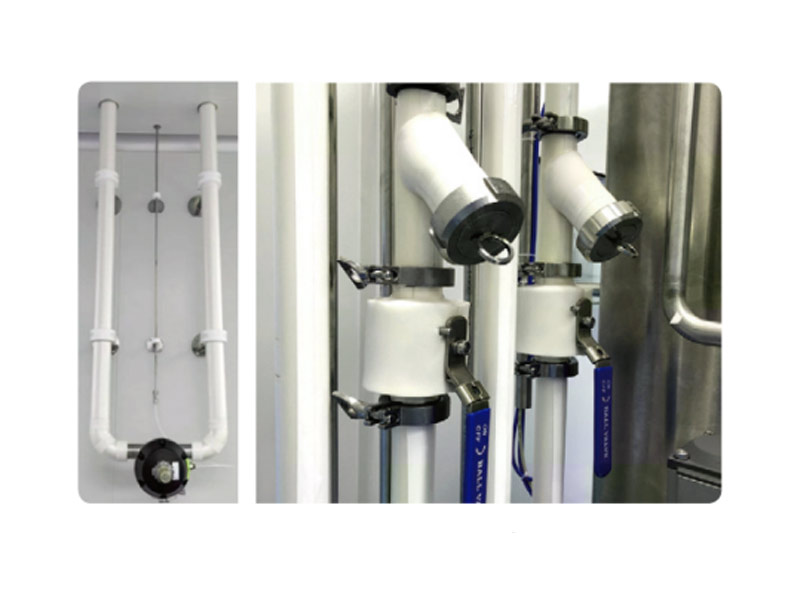
Summary
This paper discusses several key points of clean room surface decoration, I believe that with the development of technology, there will always be new clean room applicable materials and methods to further improve the clean room surface and its decoration on the protection ability of clean room interior interior, so as to better reduce the risk of pollution in drug production.










